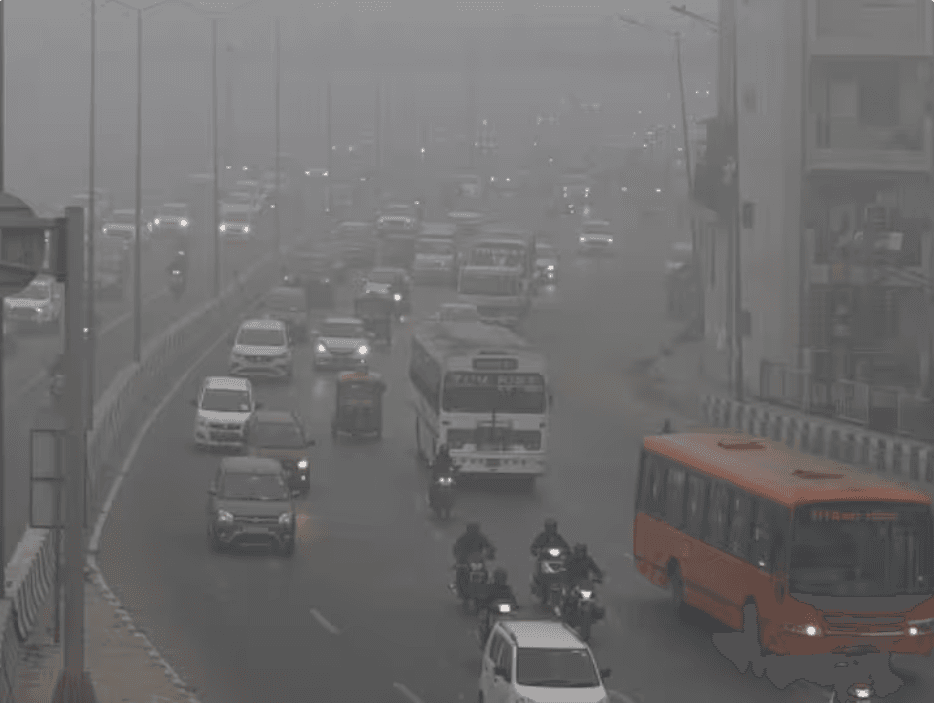Large parts of North India woke up to dense fog and freezing temperatures on Tuesday as the intense cold wave conditions persisted in the region.

Visibility dropped to very low levels as a thick layer of fog engulfed Punjab, Haryana, Delhi, Uttar Pradesh, Rajasthan, and other adjoining areas. Experts say the fog situation is likely to continue over the next few days due to light winds and high moisture near the surface.
According to the India Meteorological Department (IMD), the minimum temperatures across the northern plains have plunged to 4 to 8 degrees Celsius currently. This is a departure from 6 to 9 degrees Celsius recorded a day earlier.
The intense cold has disrupted normal life and affected road, rail, and air transport services. Flight operations were impacted at various airports including Delhi and Lucknow due to poor visibility. Longer travel time was reported on highways too due to difficult driving conditions.
In Delhi-NCR, the cold wave helped intensify fog and smog conditions as the air quality slipped to the ‘very poor’ category after a slight improvement in the last few days. On Tuesday morning, the overall AQI across 36 monitoring stations in Delhi stood at 346.
#WATCH | Delhi: A thin layer of fog grips the city as cold wave continues.
— ANI (@ANI) January 9, 2024
(Drone visuals from Bhikaiji Cama Place shot at 7:50 am) pic.twitter.com/nNCjENcSut
Among major cities, Rajasthan’s Alwar recorded the lowest minimum of 3 degrees Celsius. Dense fog could also be seen in Bhopal, Lucknow, Chandigarh, Gurdaspur, Bathinda, and other places in north and central India.
#WATCH | Madhya Pradesh: Cold and dense fog engulfs Bhopal. pic.twitter.com/GC63ELWZol
— ANI (@ANI) January 9, 2024
The weather department said cold day to severe cold day conditions are very likely to continue over Punjab, Haryana, Delhi, and other parts of northwest India over the next 2-3 days. Thereafter, some respite could be expected from the bitter cold wave.
State administrations have taken measures such as extending winter vacations in schools and colleges to safeguard citizens from health hazards associated with exposure to severe cold and dense fog episodes.
